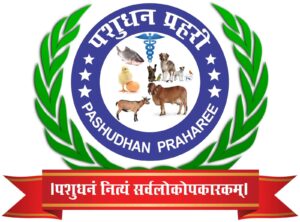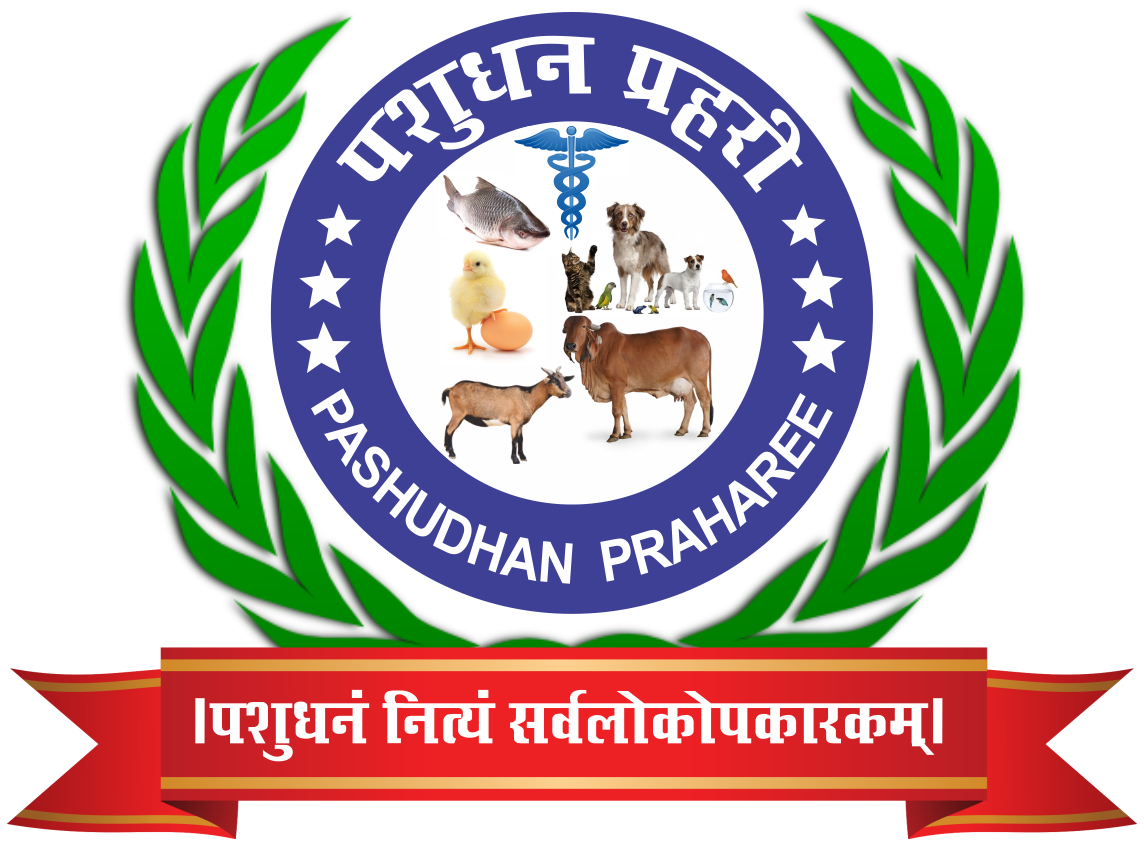Mushroom Production Practices in India : Processing, Value-Added Products, and Value Chain in India
Mushroom cultivation has emerged as a highly profitable and sustainable agribusiness in India. With increasing demand for nutritious and functional foods, mushroom production offers an excellent opportunity for small and marginal farmers, agri-entrepreneurs, and start-ups. The sector holds immense potential due to its low investment, high return, and eco-friendly nature, making it an integral part of India’s agri-food value chain.
1. Mushroom Production in India
India is among the leading mushroom producers in Asia, with major cultivation taking place in Punjab, Haryana, Himachal Pradesh, Uttar Pradesh, Jharkhand, Odisha, and Tamil Nadu.
Major Mushroom Varieties Grown in India:
- White Button Mushroom (Agaricus bisporus) – Most widely cultivated.
- Oyster Mushroom (Pleurotus spp.) – Easy to grow with high medicinal value.
- Milky Mushroom (Calocybe indica) – Suitable for warm and humid climates.
- Shiitake Mushroom (Lentinula edodes) – Valued for its medicinal and functional properties.
- Paddy Straw Mushroom (Volvariella volvacea) – Popular in Eastern India.
Key Factors for Successful Mushroom Production:
- Climate Control: Proper humidity (80-90%), temperature, and ventilation.
- Substrate Selection: Paddy straw, wheat straw, sawdust, and agro-waste.
- Hygiene & Disease Management: Sterilization of compost and spawn quality control.
- Scientific Cultivation Practices: Use of controlled environment chambers for year-round production.
2. Mushroom Processing & Value-Added Products
Processing plays a crucial role in enhancing shelf life, reducing post-harvest losses, and increasing farmers’ income.
Common Processing Techniques:
- Drying & Dehydration: Sun drying, hot air drying, and freeze drying.
- Canning & Pickling: Extends shelf life and adds variety to mushroom-based products.
- Freezing & Refrigeration: Maintains freshness for a longer duration.
- Powdering: Used in functional foods, soups, and nutraceuticals.
Value-Added Mushroom Products:
- Mushroom Pickles, Chips, and Snacks
- Mushroom-Based Nutraceuticals & Herbal Supplements
- Mushroom Powder for Soups & Sauces
- Mushroom-Based Protein Extracts & Vegan Meat Alternatives
- Mushroom Biofortified Food Products
3. Mushroom Value Chain in India
A well-developed value chain is essential to ensure fair pricing, efficient logistics, and market linkage for mushroom farmers and entrepreneurs.
Key Components of the Mushroom Value Chain:
- Input Supply: Spawn production, substrate preparation, and technical support.
- Cultivation & Harvesting: Small-scale farms, contract farming, and commercial setups.
- Processing & Value Addition: Dehydration, canning, freezing, and nutraceuticals.
- Marketing & Distribution: Direct marketing, retail chains, supermarkets, and export.
- Consumer & End-Use Markets: Domestic consumption, hotels, restaurants, and pharmaceutical industries.
Challenges in the Mushroom Value Chain:
- Lack of organized market linkages.
- Post-harvest perishability and inadequate cold storage facilities.
- Limited awareness among farmers regarding advanced cultivation techniques.
- Absence of large-scale processing industries.
Opportunities for Strengthening the Mushroom Sector in India:
- Promotion of Farmer Producer Organizations (FPOs) and Cooperatives for better price realization.
- Integration with Digital Platforms for market access and e-commerce sales.
- Government Support through Schemes like the National Horticulture Mission (NHM) for financial assistance.
- Encouraging Startups in Mushroom-Based Food Processing & Export-Oriented Units.
Conclusion
Mushroom cultivation in India holds tremendous potential to improve farmers’ income, food security, and employment generation. A strong value chain, supported by scientific processing, innovation in value-added products, and efficient marketing strategies, can position India as a global leader in the mushroom industry. Sustainable practices, policy support, and technological advancements will be key to unlocking the full potential of the mushroom sector in India.
Mushroom Production Practices in India : Processing, Value-Added Products, and Value Chain in India
PROJECT REPORT ON MUSHROOM PRODUCTION (OYSTER)
PROJECT REPORT ON MUSHROOM PRODUCTION IN INDIA
TRAINING MANUAL ON CULTIVATION OF OYSTER MUSHROOM IN INDIA




